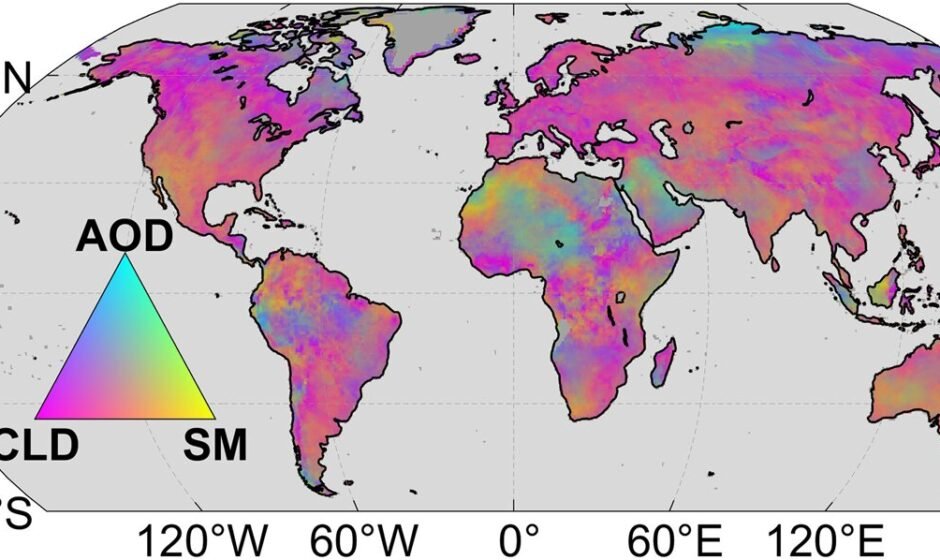Researchers from Chalmers University of Technology in Sweden have made a new discovery about global warming dynamics. It has long been known that global temperature rises are not consistent throughout the day and night, with nighttime warming being more pronounced. However, a recent study reveals a shift in this pattern, with greater daytime warming taking place since the 1990s. This means that the temperature difference between day and night is widening, which could have significant implications for all life on Earth.
The rise in global average surface temperature is a key characteristic of human-induced climate change. However, the temperature increase is not uniform throughout the day and night, with nighttime temperatures increasing at a faster pace than daytime temperatures in the latter half of the twentieth century. This phenomenon, known as “asymmetric warming,” is believed to be influenced by both human activities and natural processes.
In a study titled “Reversed asymmetric warming of sub-diurnal temperature over land during recent decades,” published in Nature Communications, an international team of researchers reexamined the asymmetric warming phenomenon and found that the pattern has reversed. Between 1961 and 2020, global daytime warming has accelerated, while the warming rate of nighttime temperature remains relatively constant. This reversal has led to an increasing temperature difference between day and night.
The researchers propose that a likely explanation for this change is a phenomenon called “global brightening,” which has been observed since the late 1980s. Global brightening is the result of less cloud cover, allowing more sunlight to reach the Earth’s surface. This leads to higher daytime temperatures and a broader difference between daytime and nighttime temperatures in recent decades. However, there is still uncertainty regarding the reasons behind the changes in cloud cover, which may be influenced by a complex interplay between cloud-free and cloudy atmospheres, as well as the effect of aerosols.
In addition to global brightening, the researchers suggest that the increase in regional drought events and heatwaves may also contribute to the reversed asymmetric warming. These events weaken the cooling effect of evaporation at the Earth’s surface, resulting in faster daytime temperature increases.
The majority of land, approximately 81% of the total area, experienced larger nighttime warming from 1961 to 1990. However, in the subsequent period from 1991 to 2020, a shift occurred, with 70% of the observed land areas experiencing larger daytime warming instead.
The larger temperature difference between day and night could potentially have significant impacts on various aspects of life on Earth. For example, it could affect crop yields, plant growth, animal well-being, and human health. Increased temperature difference between daytime and nighttime is recognized as one of the environmental stressors that could lead to elevated heart rate and blood pressure, increasing the risk of cardiovascular and respiratory diseases.
The researchers emphasize the need to adjust strategies in different areas affected by temperature variations between day and night, such as agriculture, public health, and forestry management, to address the challenges posed by this climate change. Future research will focus on investigating the impacts of the reversed trend in asymmetric warming on tree growth and the carbon cycle.
In conclusion, the recent shift in global warming dynamics, with greater daytime warming since the 1990s, has led to an increasing temperature difference between day and night. This change could have significant implications for various aspects of life on Earth and calls for adjustments in strategies to mitigate the challenges posed by this climate change phenomenon.




